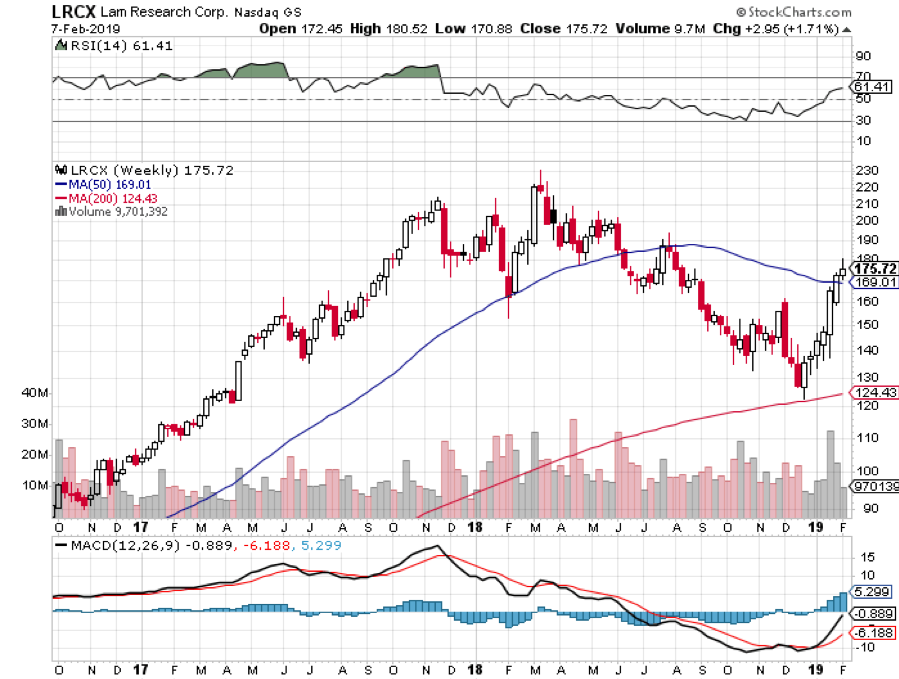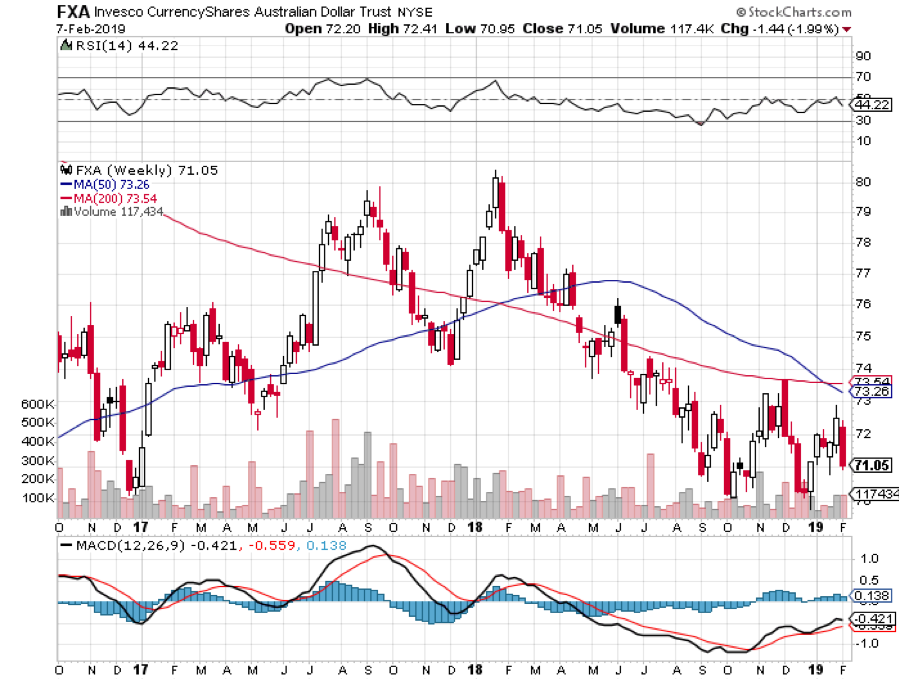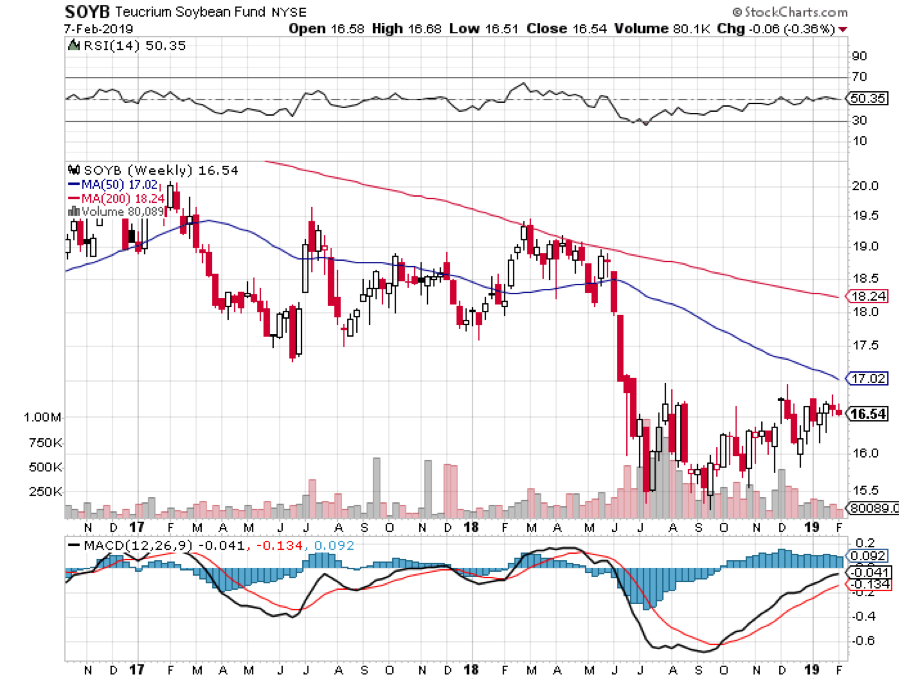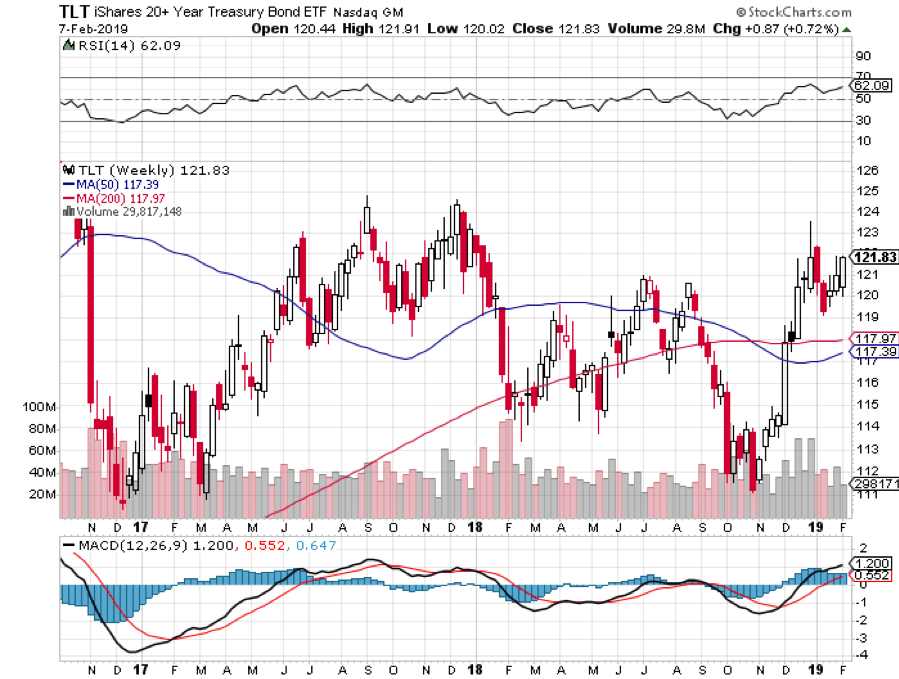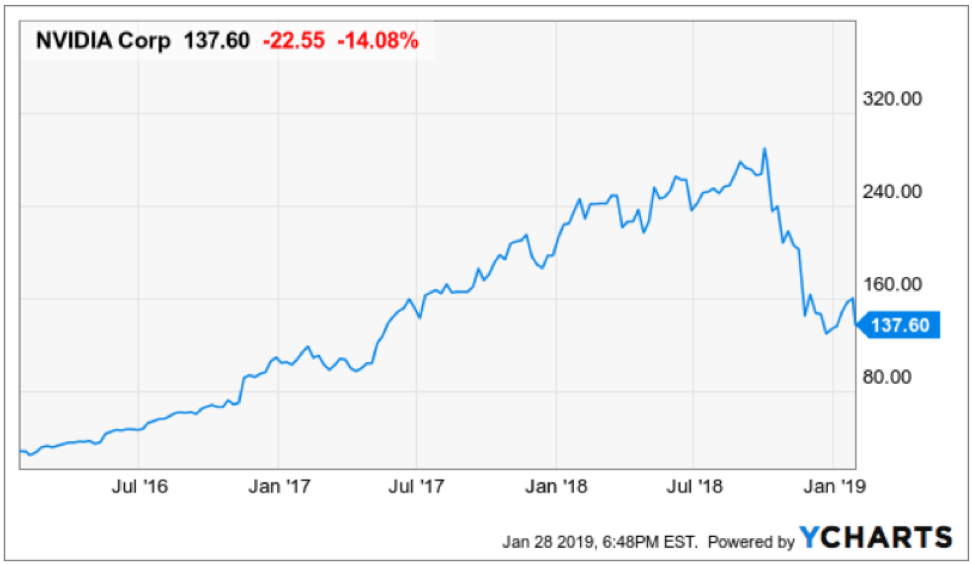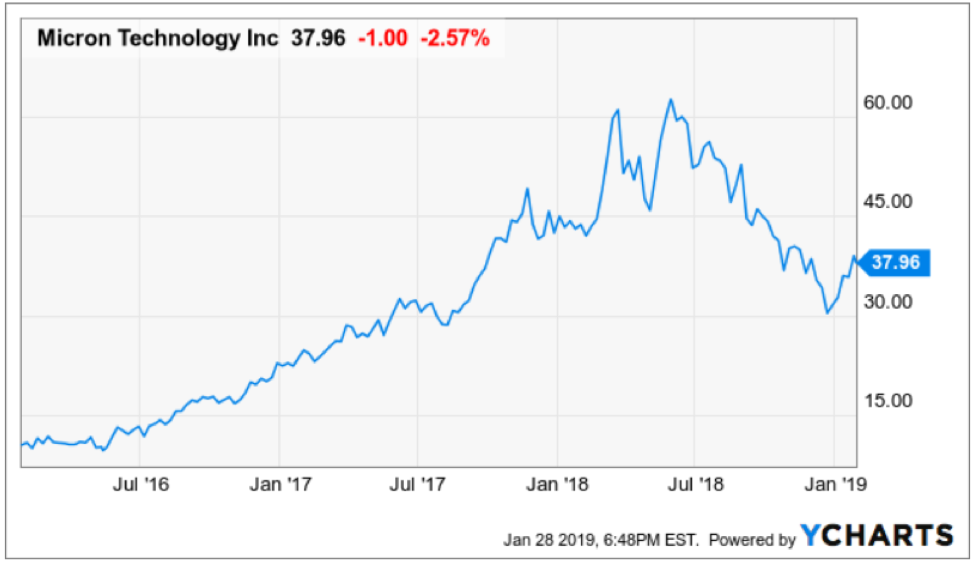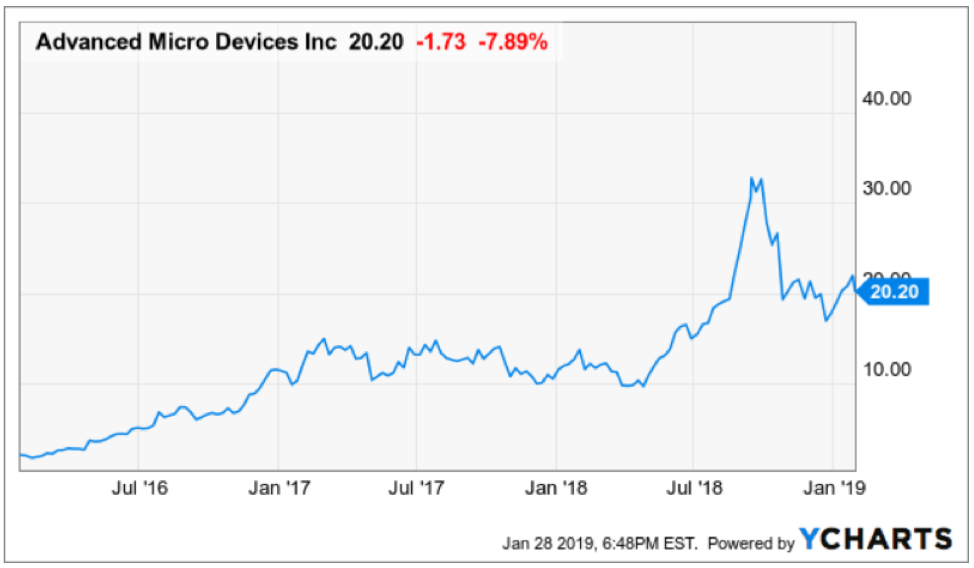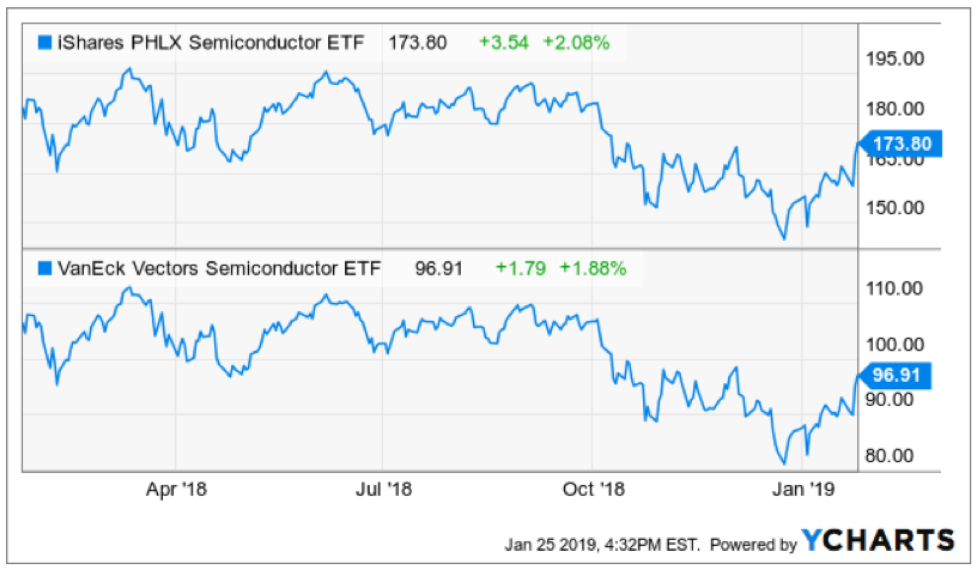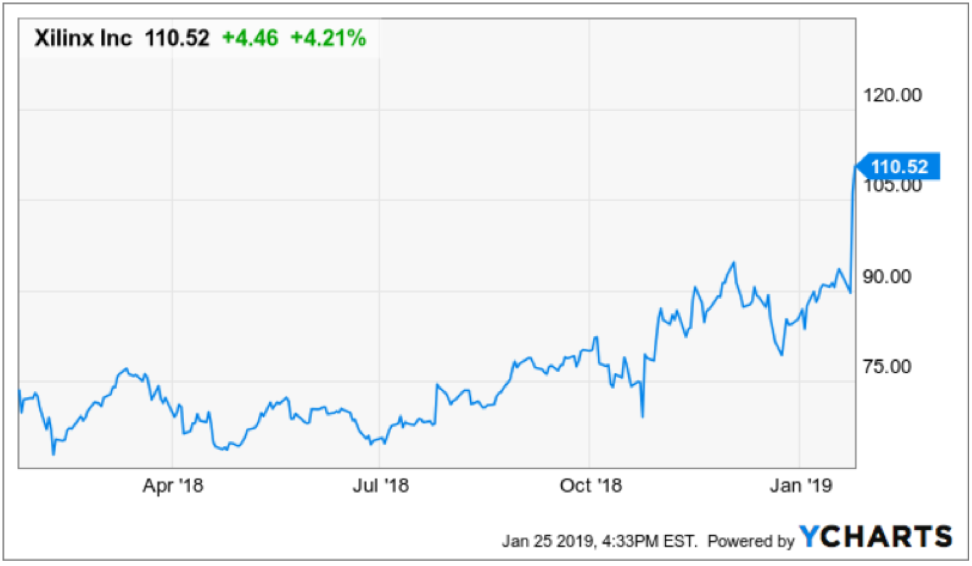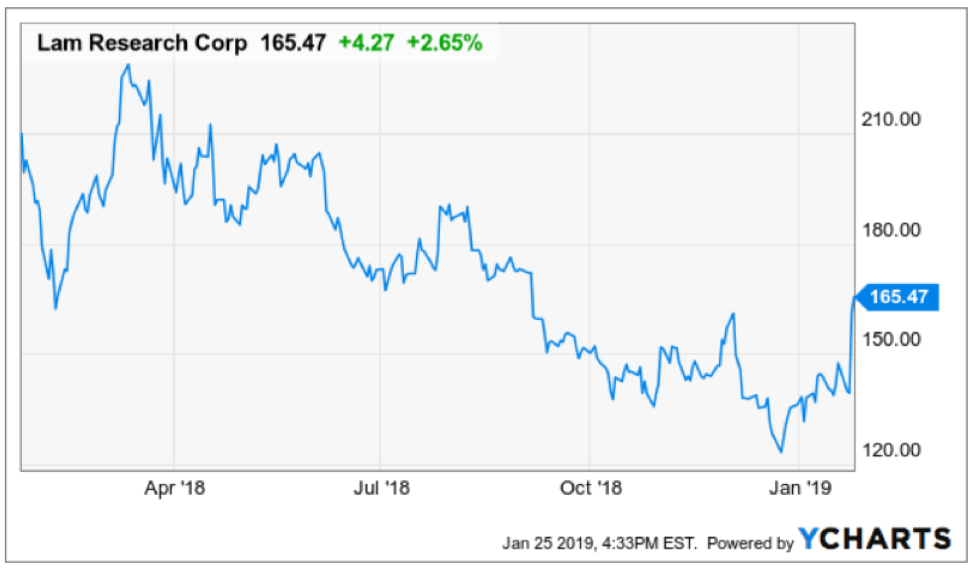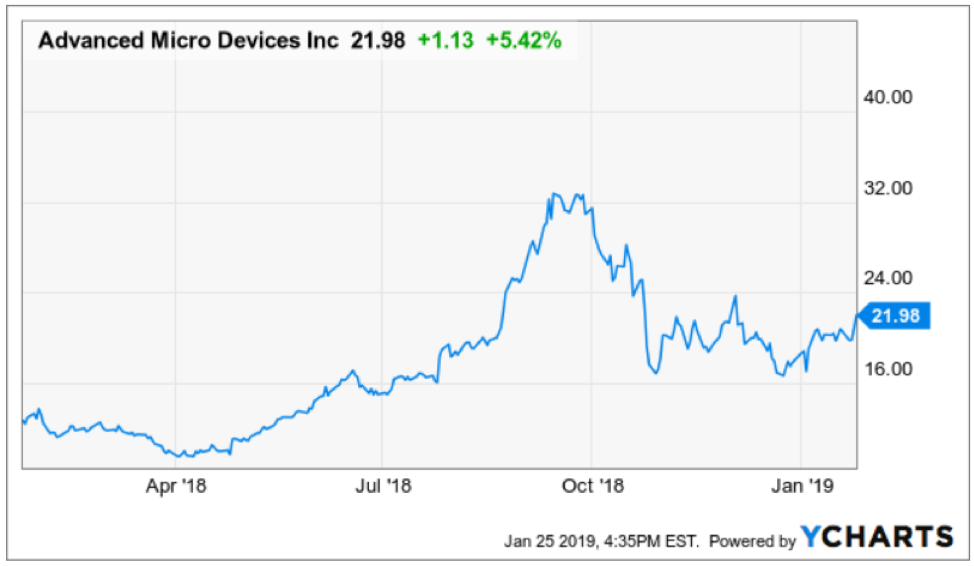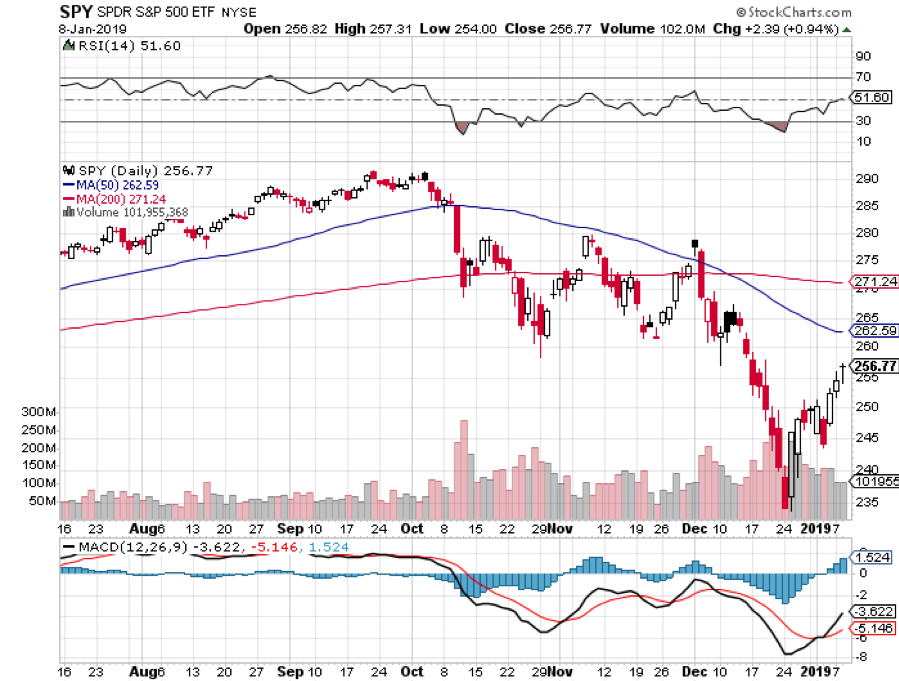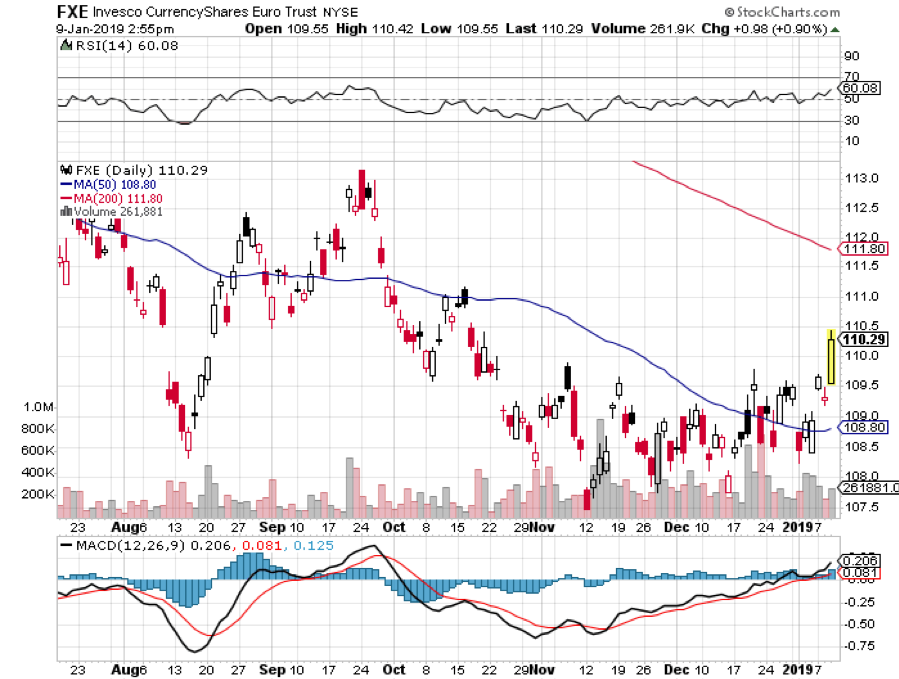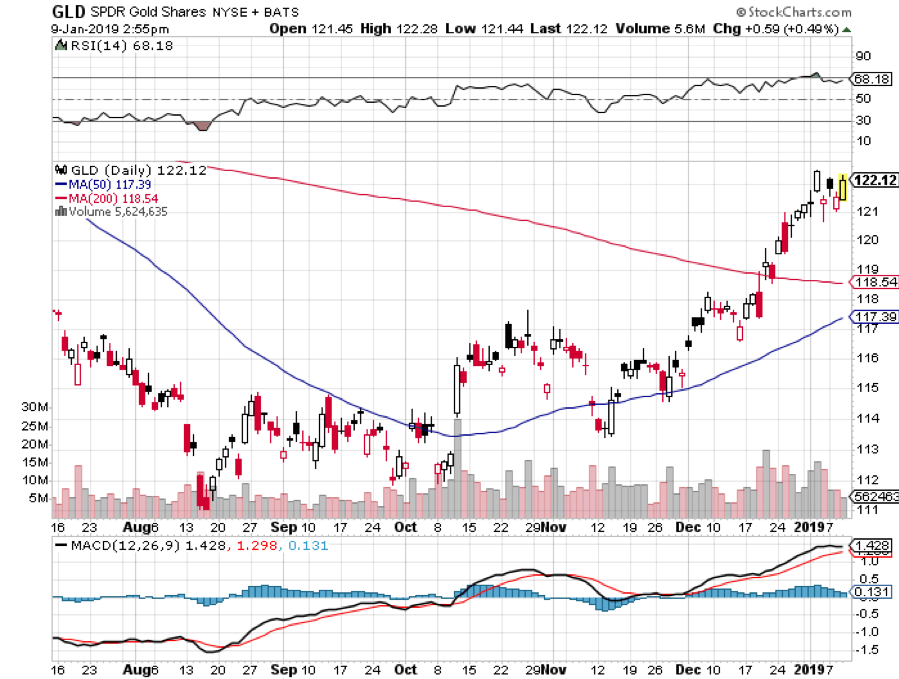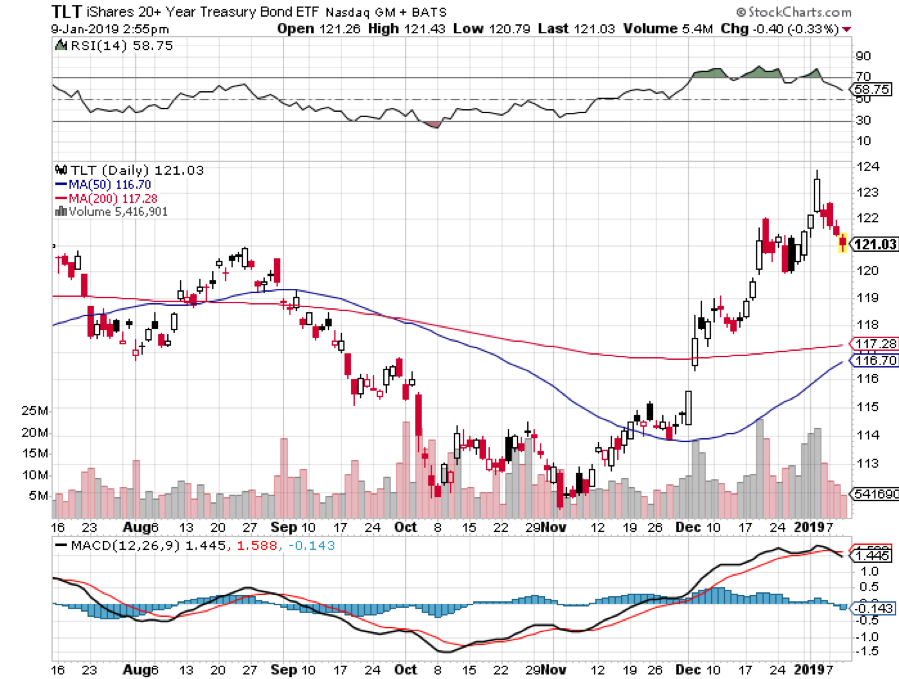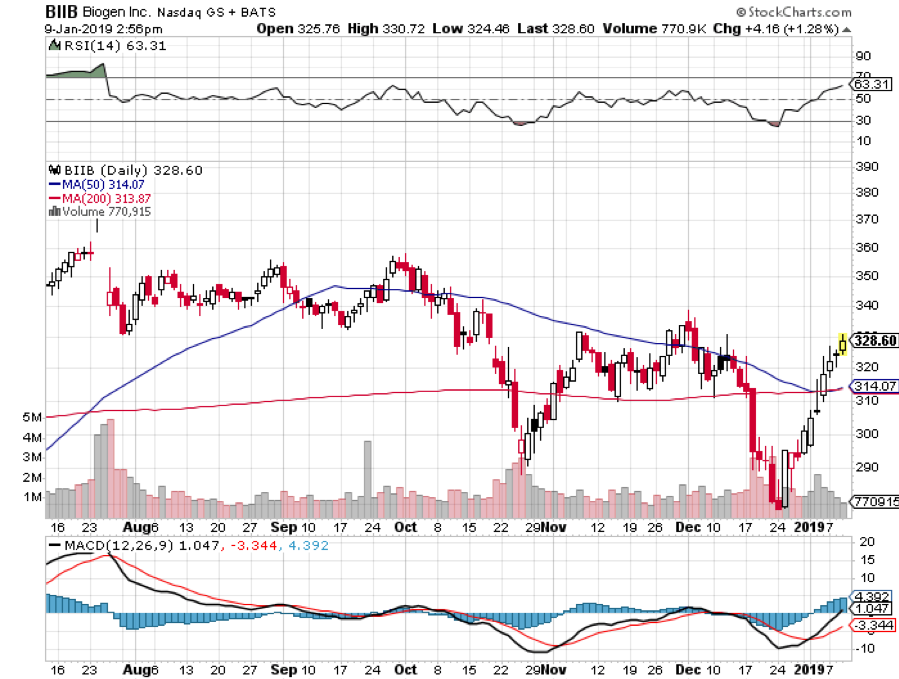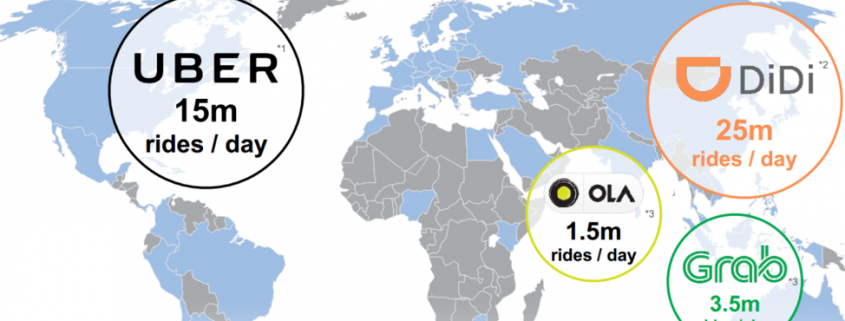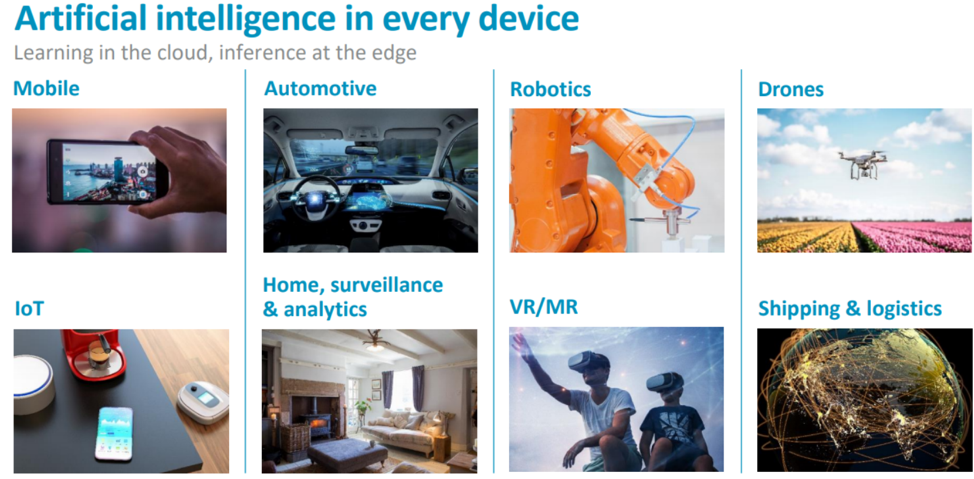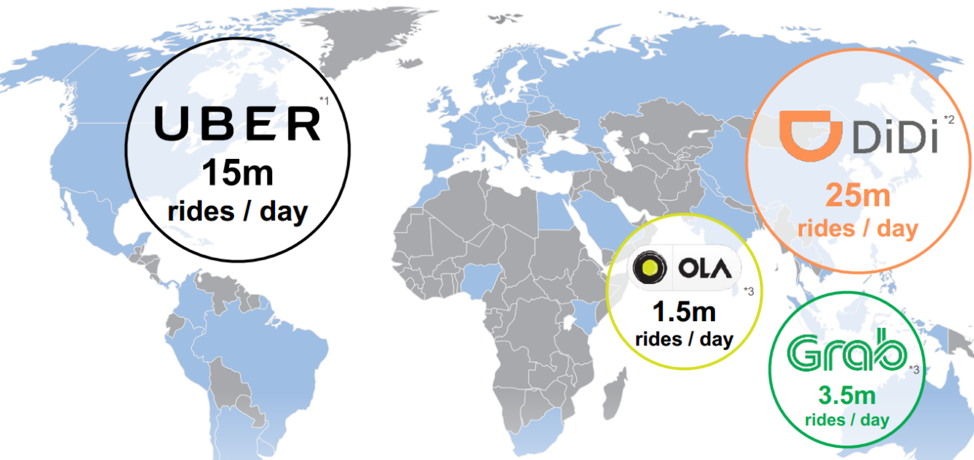Below please find subscribers’ Q&A for the Mad Hedge Fund Trader February 6 Global Strategy Webinar with my guest and co-host Bill Davis of the Mad Day Trader. Keep those questions coming!
Q: Why are you so convinced bonds (TLT) are going to drop in 2019?
A: I think the Fed will regain the confidence to start raising rates again in the second half. Wage inflation is starting to appear, especially at the minimum wage level in several states. That will crater the bond market as well as the stock market, just as we saw in the second half of 2018. We’re in unknown territory in the bond market; we’re issuing astronomical WWII levels of debt and it’s only a matter of time before the Federal government crowds out private sector borrowers. Even if the bond market sidelines during this time, we will still make the maximum profit in the kind of option bear put spreads I have been putting on.
Q: Why did the Aussie (FXA) go down when they suddenly flipped from rising to cutting interest rates?
A: Interest rate differentials are the principal driver of all foreign exchange rates. They always have been and always will be. Rising rates almost always lead to a stronger currency. And with the US Fed on pause for the foreseeable future, we think the Aussie will be stronger going into 2019.
Q: Do you see the 10-year US Treasury yield going back up to 3.25% this year?
A: Yes, it’ll probably happen in the second half of the year—once the Fed gets its mojo back and decides that high employment and inflation are the bigger threats to the economy.
Q: Has NVIDIA (NVDA) bottomed here?
A: Probably, but you don’t want to touch the semiconductor chip companies until the summer. That’s when all the industry insiders expect the industry to turn and start discounting rocketing earnings after the next recession.
Q: Are stocks expensive here (SPY)?
A: On a trailing basis no, on a forward basis definitely yes. The current price/earnings multiple for the market is 17 now against a 14-20 range in 2018. So, we are dead in the middle of that range now. That’s OK when earnings are rapidly rising as they did last year. But they are falling now and at an increasingly increasing pace.
Q: Do you think the administration used the shutdown to bring forth a recession? To kickstart the pro-economic platform for reelection in 2020?
A: The administration’s view is that the economy is the strongest it’s ever been with no chance of future recession and that they will win the election as a slam dunk. If you believe that, buy stocks; if you don’t, sell them.
Q: How bad do you think Europe (IEUR) will get and does that mean the dollar (UUP) could see parity with the Euro (FXE) soon?
A: Europe is bad but they’re not going to raise interest rates anymore. However, they’re not going to cut them either because they’re already at zero. You need rising rates to see a stronger currency and the fact that the U.S. stopped raising rates is an argument for the Euro to go higher.
Q: Are we about to settle into a fading Volatility Index (VIX) environment for the rest of the year?
A: No, we are not; the (VIX) has been fading for 6 weeks. We’re approaching a bottom with the (VIX) here at $15, and the next big move in will probably be to the upside. The market has gotten WAY too complacent.
Q: Which are the most worrisome signals you see in the U.S. economy right now?
A: Weak earnings and sales guidance from all U.S. companies going forward and the immense jump in jobless claims last week as well as the ever-exploding amounts of government debt. Did I mention the trade war with China and the next government shutdown? Traders have a lot on their plate right now.
Q: How far will Lam Research (LRCX) go?
A: We’ve just had a massive 46% move up, so I wouldn’t chase it up here. However, long term there is still an easy double in this stock. They’re tied in with the semiconductor companies; NVIDIA, Advanced Micron Devices (AMD) and Micron Technology (MU) all trade in a group and may take one more run at the lows. Short term it’s overbought, long term it’s a screaming buy.
Q: Will the ag crisis feed into the main economy?
A: It could. All ag storage in the country is full, so farmers are putting the new harvest under tarps where it is rotting away and then claiming on their insurance. If you add another harvest on top of that it will be a disaster of epic proportions. China is America’s largest ag customer. It took decades of investment to develop them a client, and they are never coming back in their previous size. The trust is gone. Bankruptcies are at a ten-year high and that could eventually take down some regional banks which in turn hurt the big banks. However, ag is only 2% of the US economy, so it won’t cause the next recession. It’s really more of a story of local suffering.
Q: If you give out stop and not filled at stop price, when and how do you adjust to exit?
A: I would quickly enter it and if you’re not done quickly move it down five cents. If you don’t get done, do it again. There is no way to know where the real market is in until you put in a real order. There are 11 different option exchanges online and they are changing prices every millisecond. Furthermore, spread trades can get one leg done on one exchange and the second leg done on another, so prices can be all over the place.
Q: What data goes into the Mad Hedge Market Timing Index and how do you use it to time the markets?
A: It uses a basket of 30 different indicators which constantly changes according to what generates the highest return in a 30 year backtest. It includes a lot of conventional data points, like moving averages and RSIs, along with some of our own internal proprietary ones. When we are getting a reading below 20, we are looking to buy. Any reading over 65 and we are looking to sell, and over 80 we will only go short. It works like a charm. It paid for my new Tesla! I hope this helps.


